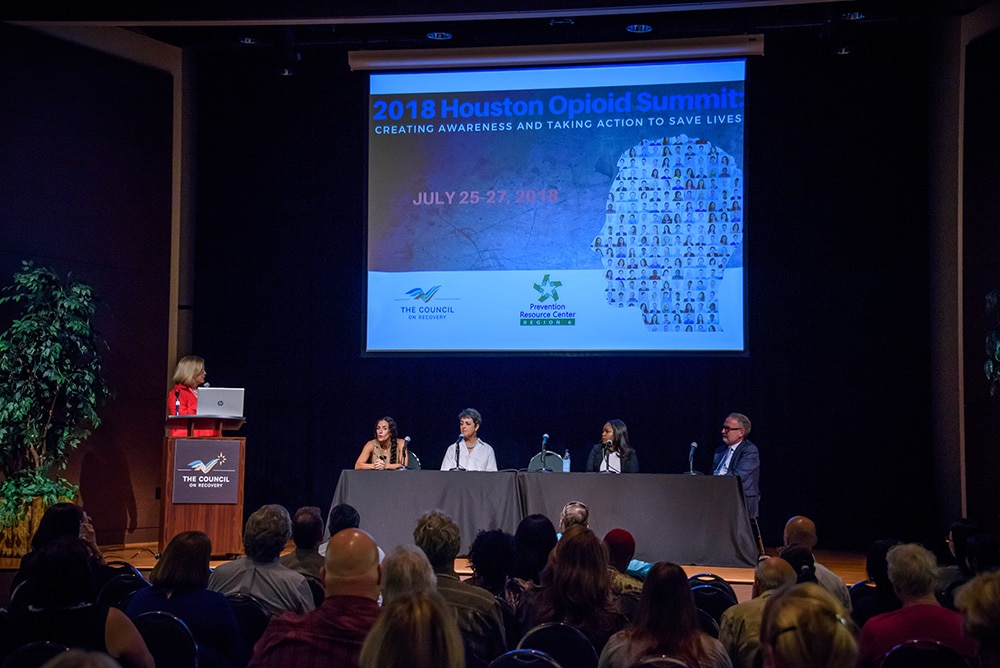
For two full days last week, nearly 250 leaders from across Harris County gathered at The Council on Recovery’s first Opioid Summit.
In keynote addresses, topical breakout sessions, panel discussions, round-table discussions, and interpersonal networking, people on the front-line in battling the opioid crisis exchanged ideas, information, and experience to develop understanding and viable solutions for dealing with the problem.

Unlike other opioid conferences that focus on individual or narrow aspects of the problem, the 2018 Houston Opioid Summit brought together all of the major sectors dealing with the issue. These included experts from the medical, legal, prevention, treatment, legislative, law enforcement and media communities who shared their perspectives of the opioid epidemic and explored ways to work together to stem opioid overdoses, currently the leading cause of accidental death.
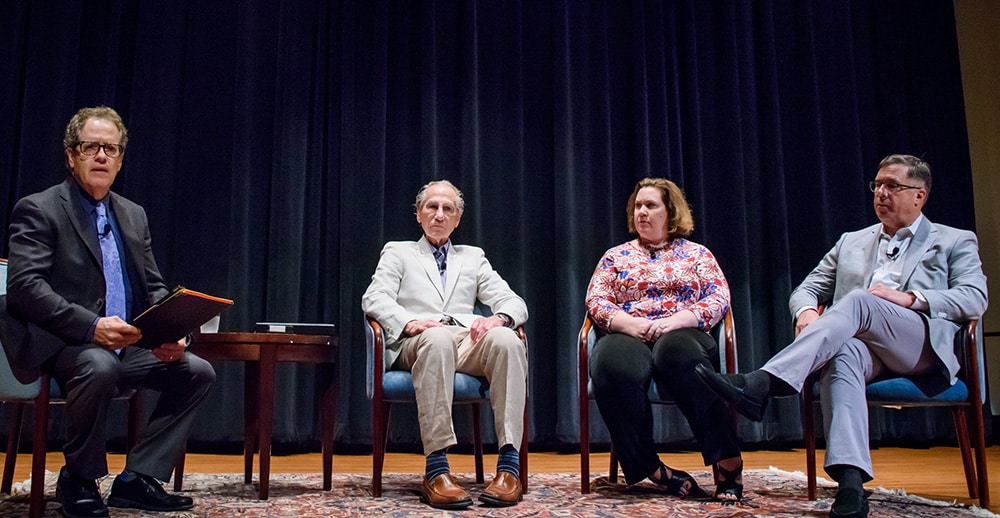
Among the unique perspectives discussed at the Opioid Summit were the role and responsibility of media in the local and national dialogue, and the role of the faith-based community addressing the opioid epidemic.
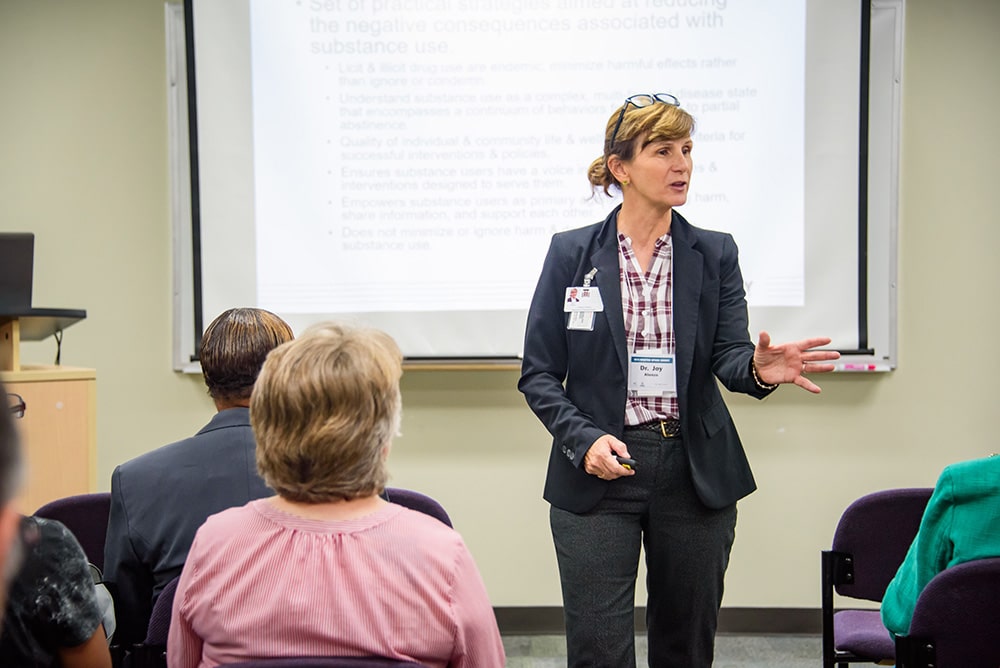
In-depth discourse on the use of medication-assisted treatment (MAT) and the role of specialty medical care in managing substance use disorder shed new light on treatment opportunities and challenges.
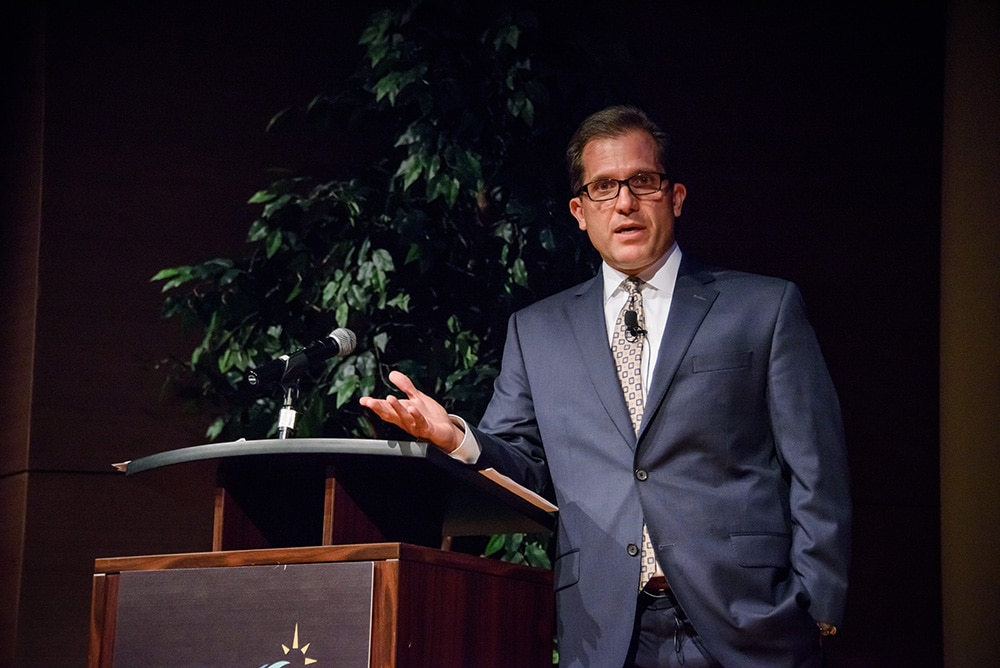
Exploration of innovative criminal justice approaches and therapeutic treatment courts, and a report on narcotics law enforcement efforts, instilled vital understanding of recent legal trends.
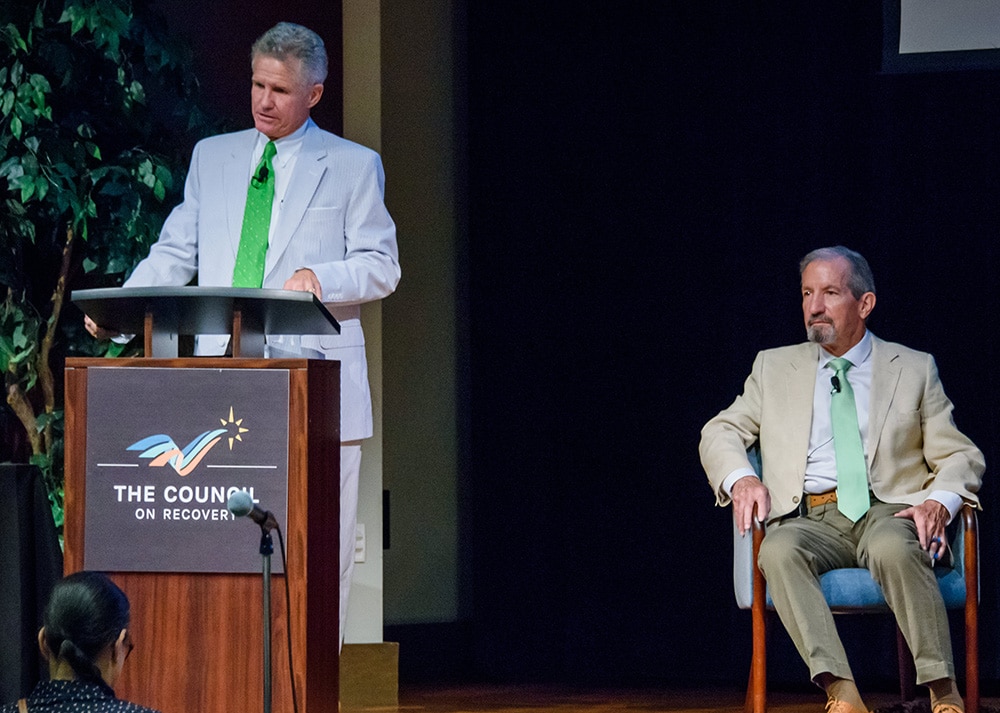
An examination of the Harris County Opioid Litigation against manufacturers and distributors of prescription opioids by lawyers from the County Attorney’s office provided a glimpse of how the opioid crisis may be impacted by future court decisions.
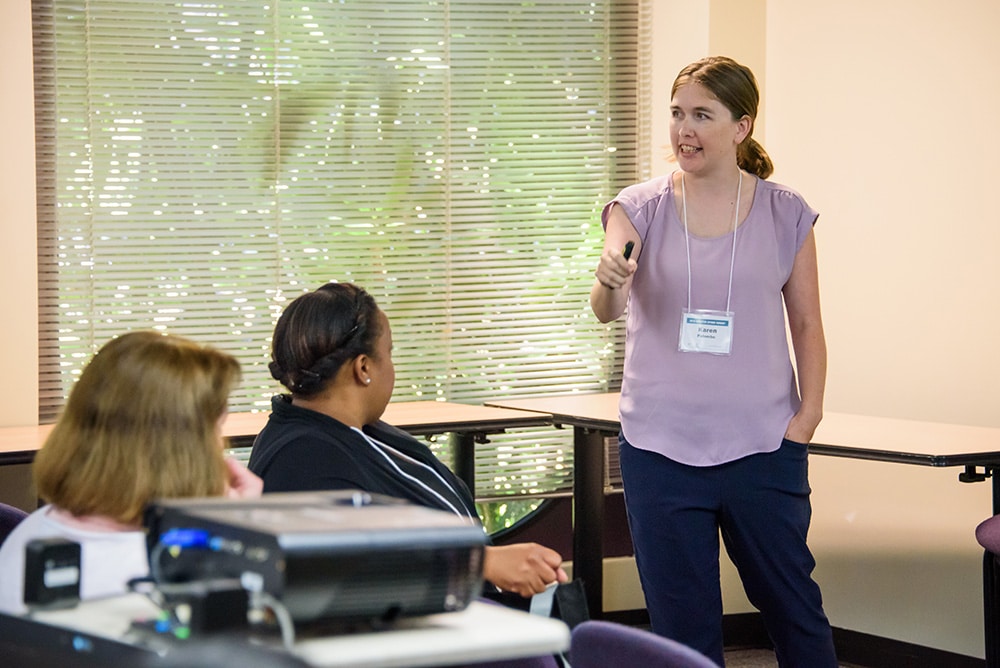
The individual and family effects of the opioid epidemic were also central to the Opioid Summit as breakout sessions covered addiction treatment modalities and prevention and education programs for children and families.
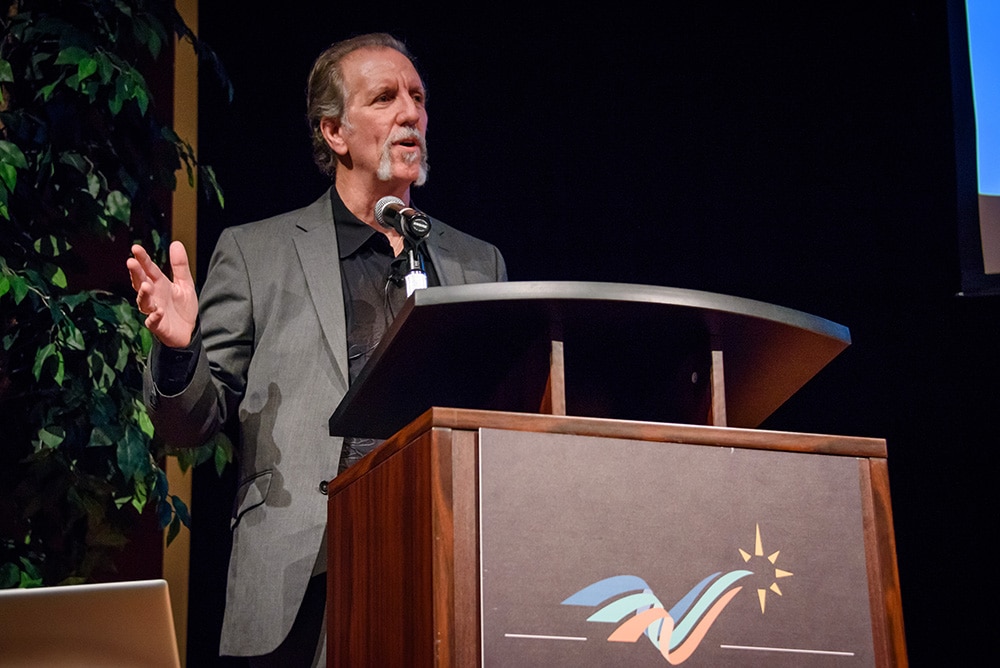
Advocacy, another front in the war on opioids was keynoted by John Cates. Frank discussions were held on using technology and other therapeutic tools to promote recovery, as well as community efforts to help addicted pregnant women and deal with Neonatal Abstinence Syndrome (NAS), an increasingly alarming problem in delivery rooms across the Houston area.
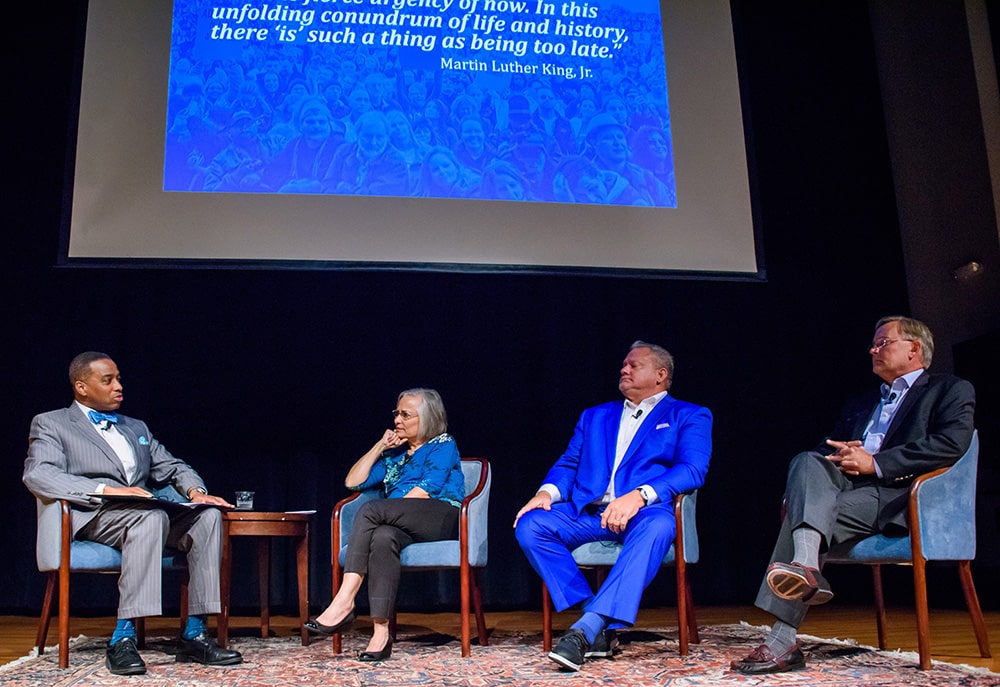
A poignant and powerful closing keynote session focused on the personal perspectives of three individuals whose lives were forever touched by the opioid crisis. Moderated by KPRC’s Khambrel Marshall, the intimate conversation with Maureen Wittels, Randy Grimes, and Jim Hood drove home the devastating impact of substance use disorder. Maureen lost her son, Harris, to an opioid overdose in 2015, cutting short his 30-year old life as a rising star in Hollywood. Randy, a retired NFL player, suffered for 20 years with opioid addiction, that grew out of treating the pain of his football injuries, before getting sober nine years ago. Jim’s son, Austin, died at the age of 21 from an opioid overdose six years ago and prompted Jim to co-found a national organization, Facing Addiction with NCADD, to fight the opioid addiction with the same fervor of campaigns that have battled cancer and other deadly diseases for years.
The Council on Recovery is leading our community in the effort to find solutions to the opioid epidemic. Your support of The Council is greatly appreciated! For more information, click here.
More Photos from the 2018 Houston Opioid Summit:
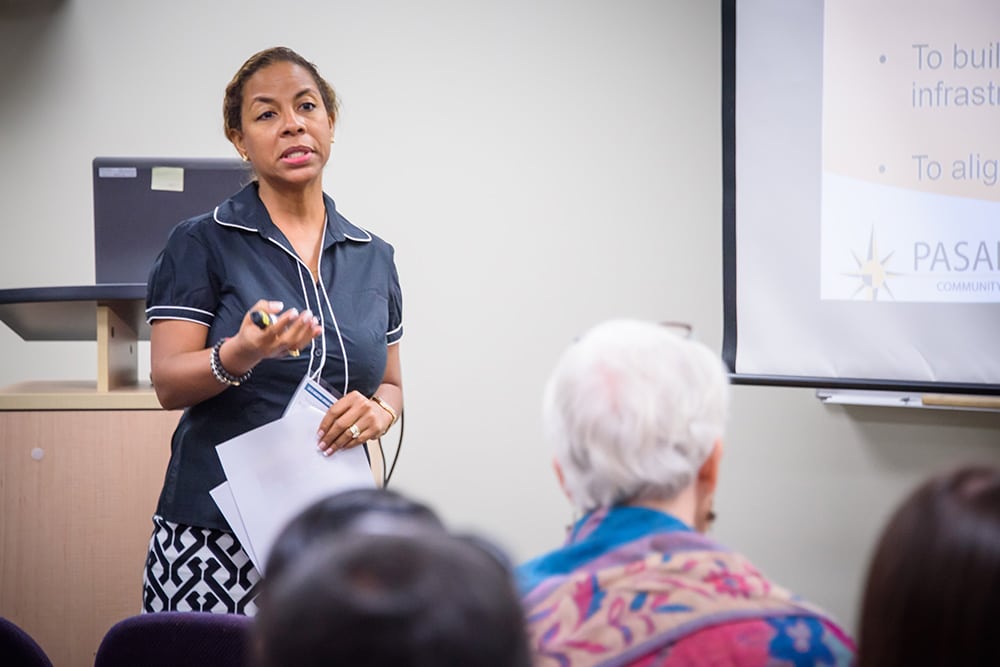
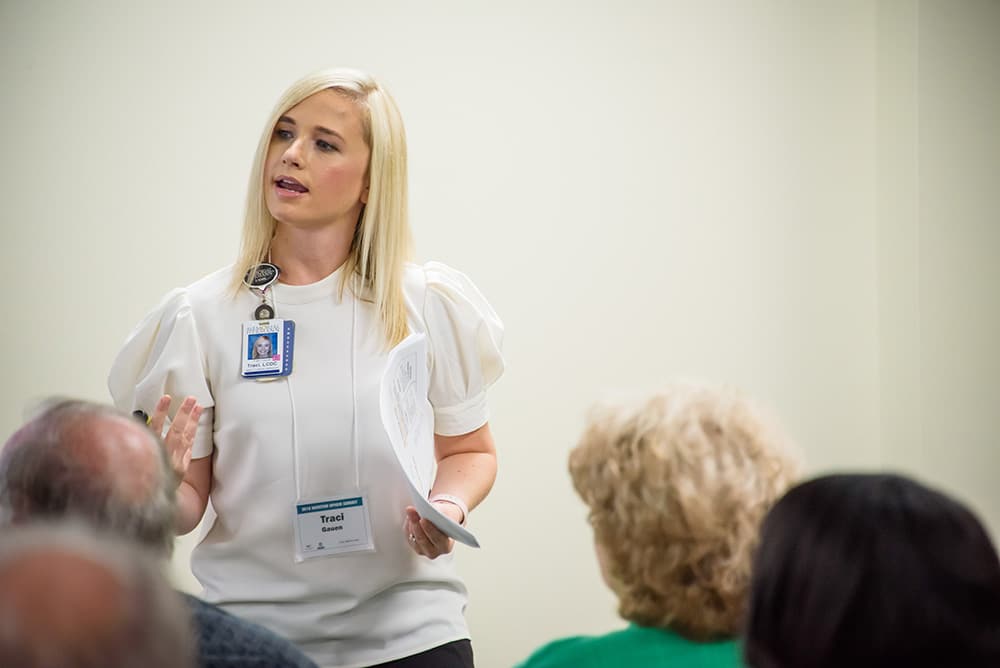

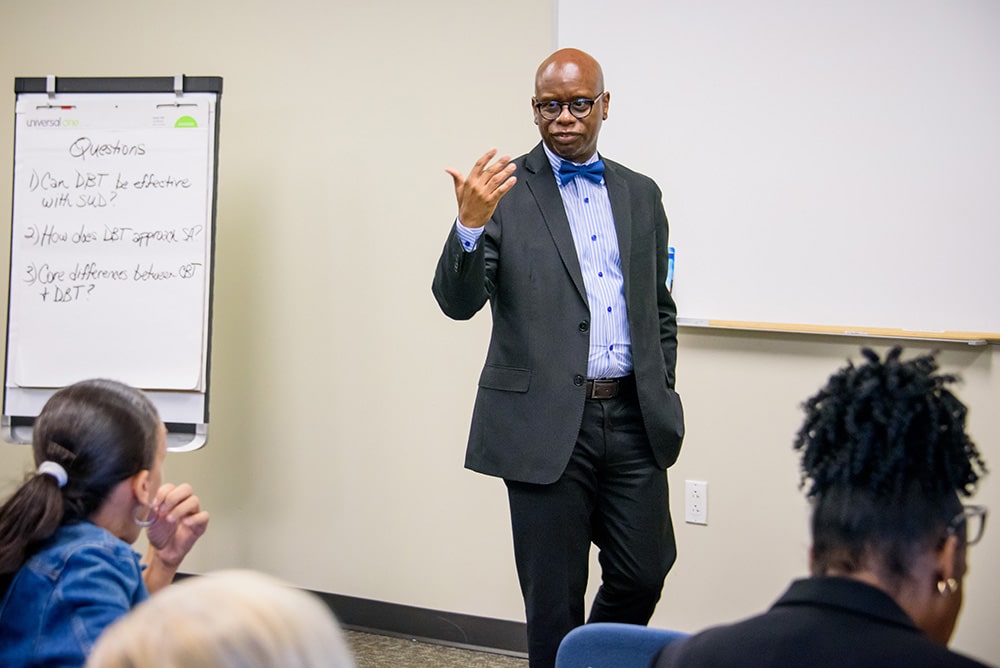

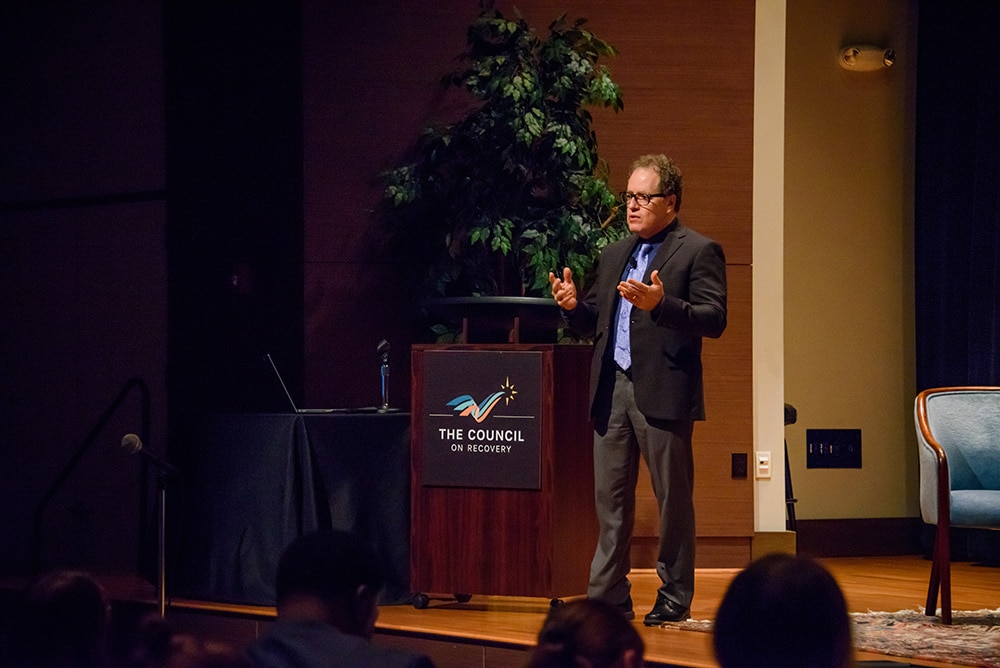
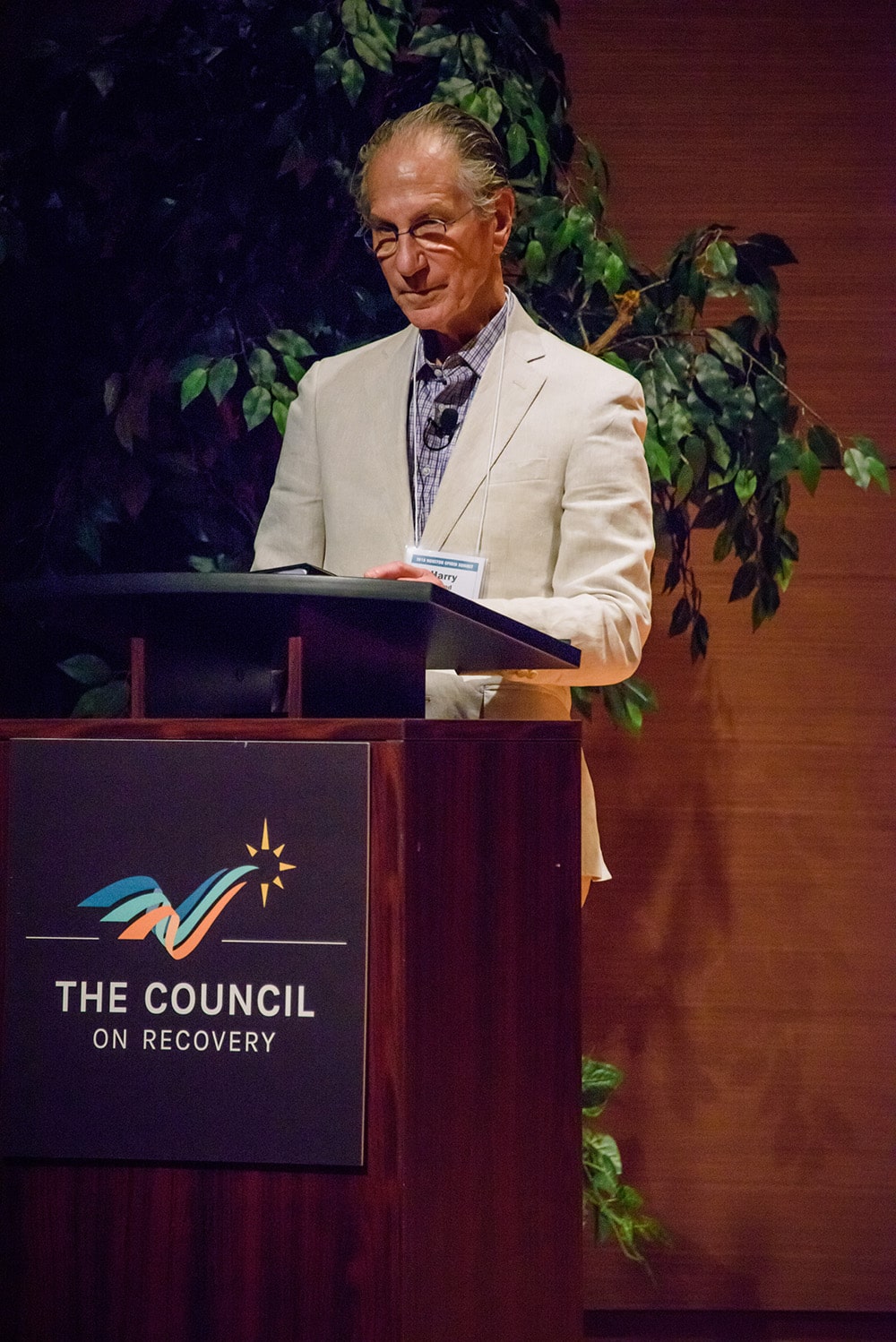
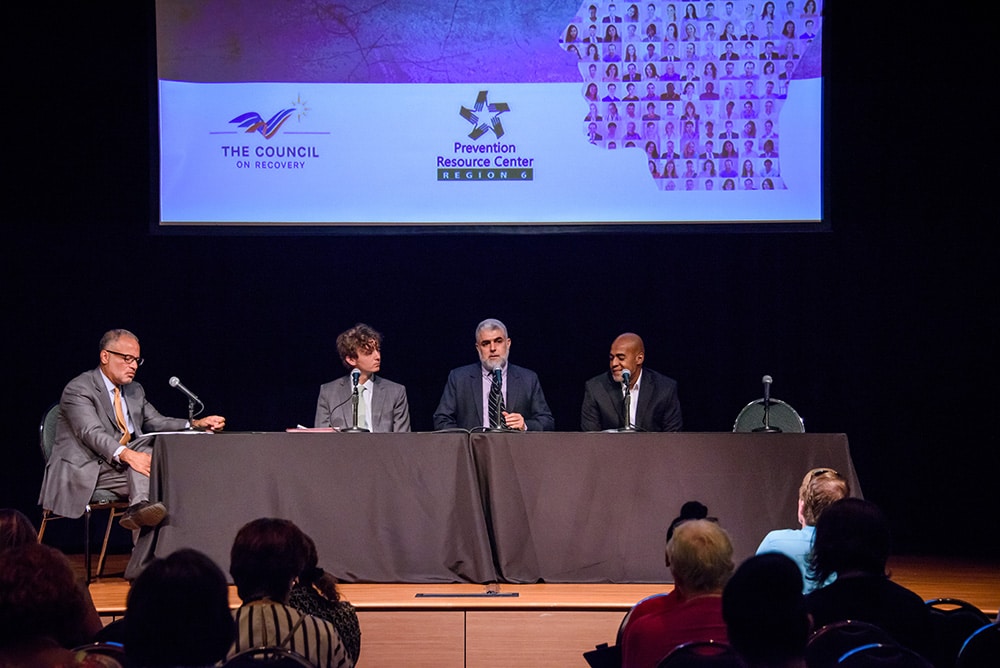
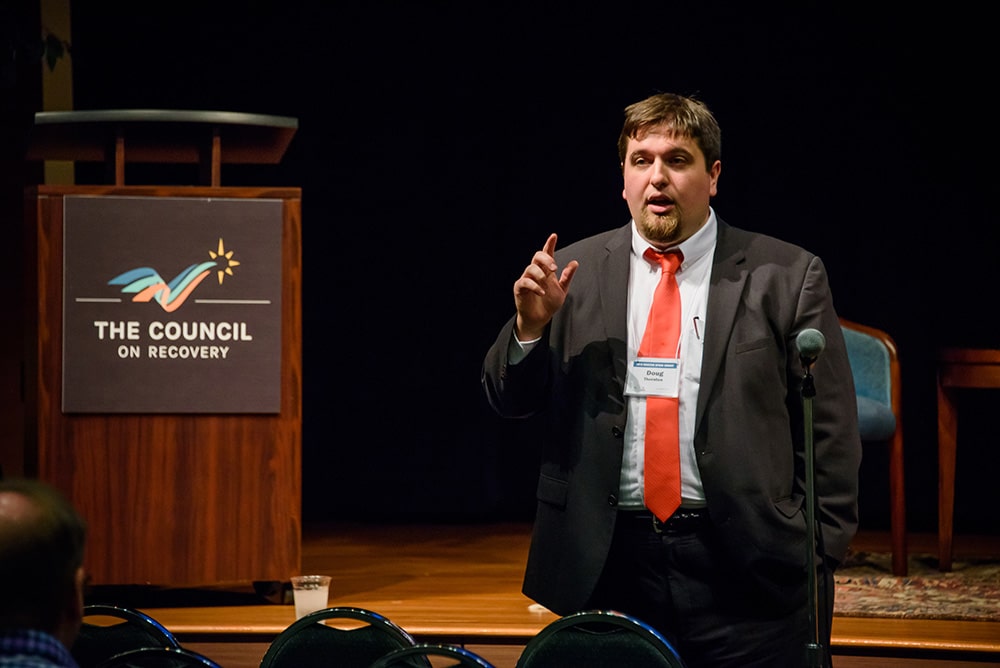
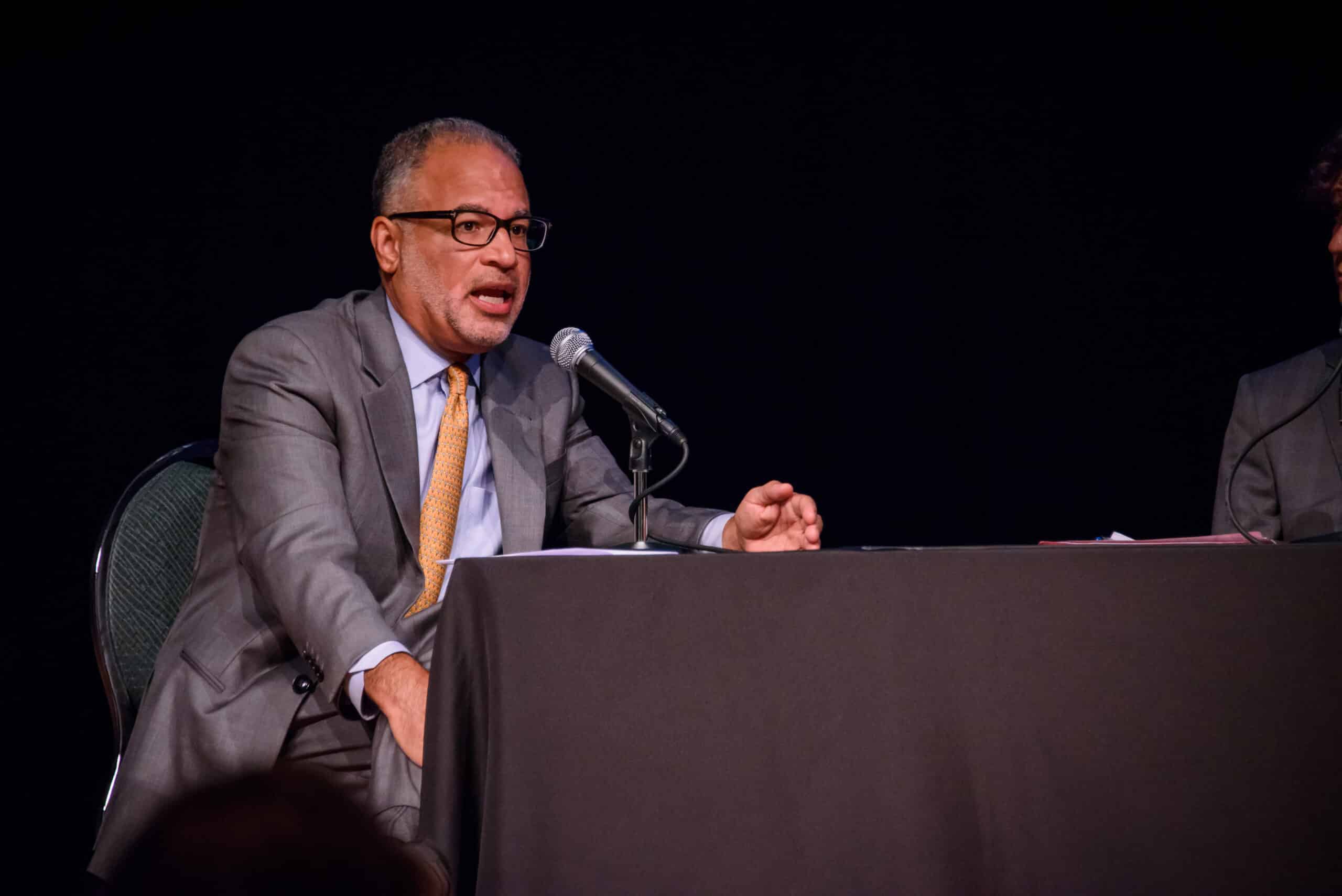
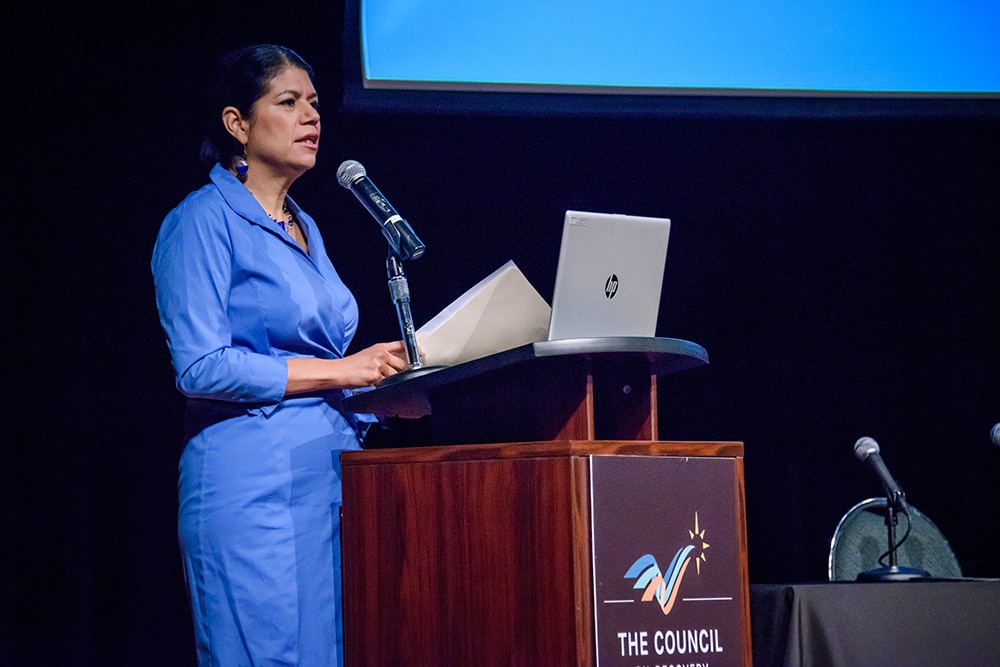

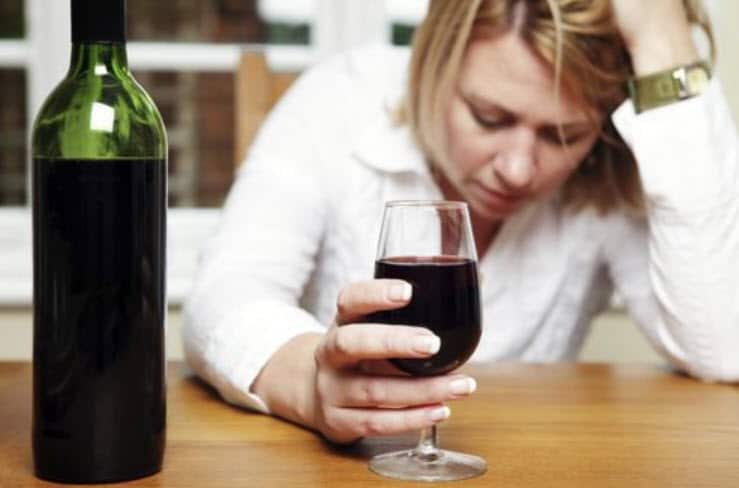 Recently reported data from the Centers for Disease Control and Prevention (CDC) are shedding new light on the links between excessive alcohol use by women and the increasing risks to female health. Here are vital the facts from the CDC.
Recently reported data from the Centers for Disease Control and Prevention (CDC) are shedding new light on the links between excessive alcohol use by women and the increasing risks to female health. Here are vital the facts from the CDC.